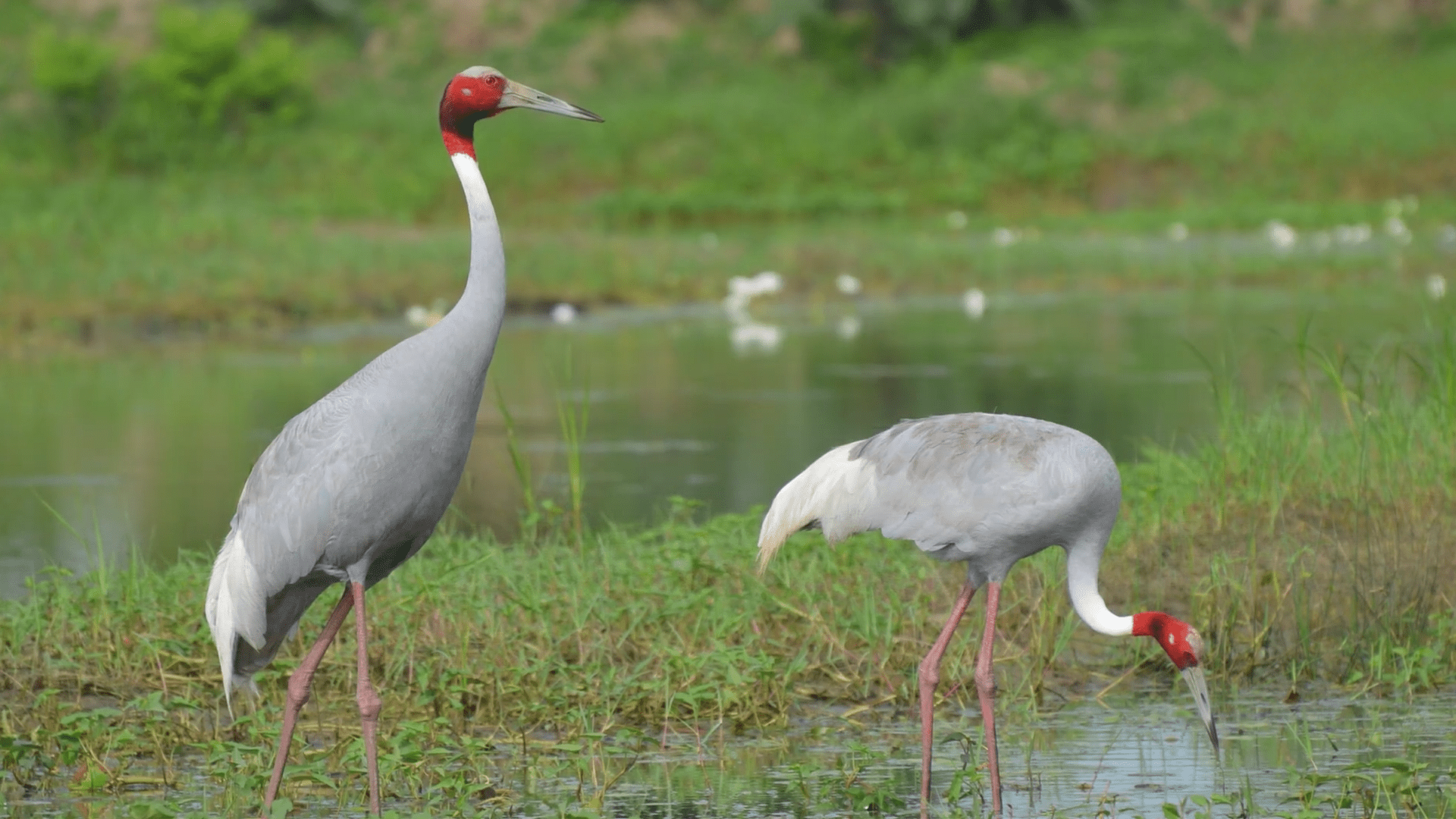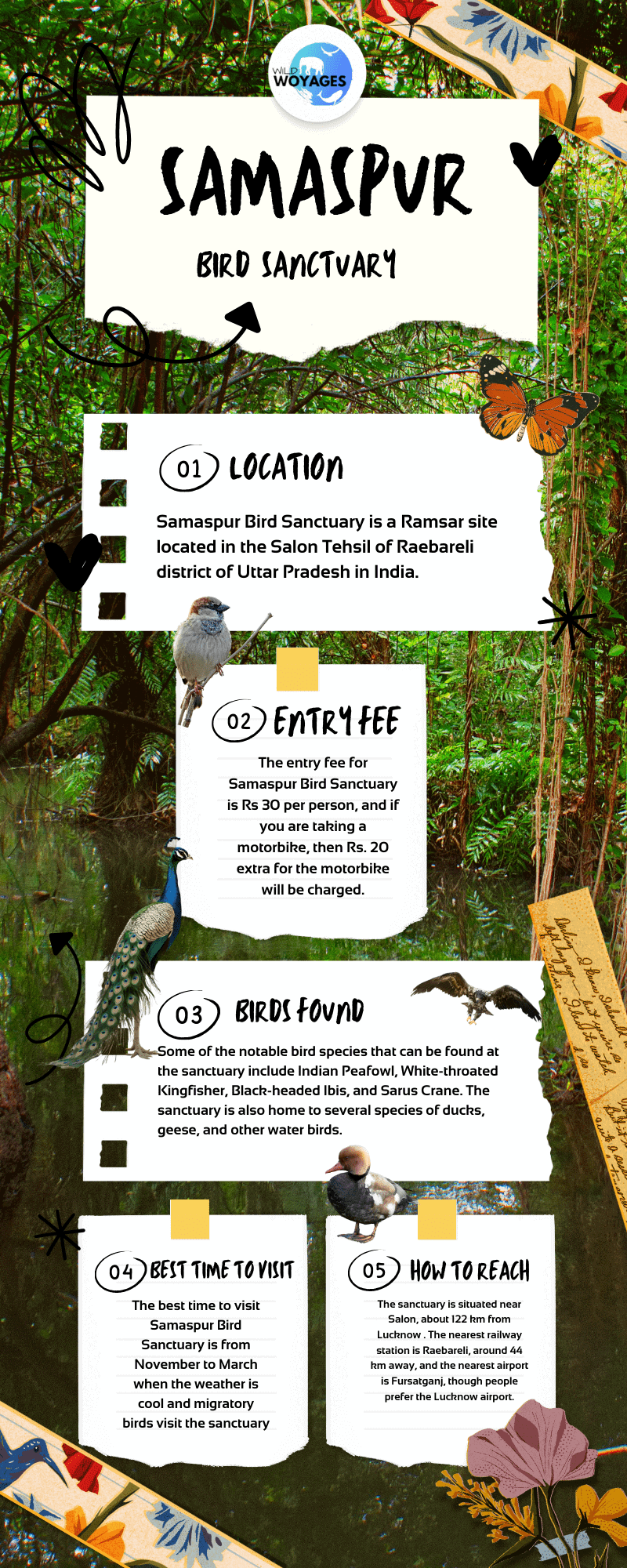Samaspur Bird Sanctuary is a protected area located in the Raebareli district of Uttar Pradesh, India. Established in 1987, the sanctuary covers approximately 780 hectares of land and is home to over 250 bird species, including several threatened species. It is a designated Ramsar site (designated as wetlands of international importance) and is one of the 80 Ramsar sites in India. The sanctuary is situated near Salon in Raebareli district, about 122 km from Lucknow on the Lucknow-Varanasi highway.
The sanctuary is a lowland marsh with six connected lakes that provide food and fodder for both humans and wildlife. The Samaspur Bird Sanctuary is a popular destination for birdwatchers and nature enthusiasts. The sanctuary’s diverse habitats and ecosystems support a wide variety of bird species, making it an important site for bird conservation efforts.
Key Takeaways
- Samaspur Bird Sanctuary is a protected area in the Raebareli district of Uttar Pradesh, India.
- The sanctuary covers approximately 780 hectares of land and is home to over 250 bird species.
- The sanctuary is a designated Ramsar site and a popular destination for birdwatchers and nature enthusiasts.
A pair of Sarus Cranes at Samaspur Bird Sanctuary
Overview of Samaspur Bird Sanctuary
Located in the Raebareli district of Uttar Pradesh, India, this sanctuary is a protected area that covers an area of 799.4 hectares. Established in 1987, this sanctuary is home to over 250 resident and migrant bird species.
The Samaspur Bird Sanctuary is a lowland marsh that is typical of the Indo-Gangetic Plains. Its six connected lakes are heavily reliant on monsoon rains. The sanctuary is situated near Salon town, about 122 km from Lucknow on the Lucknow-Varanasi highway. The nearest railway station is Raebareli, around 44 km away, and the nearest airport is Fursatganj, though the airport is not used for commercial purposes often; hence, you can use the widely popular Lucknow airport.
Annual counts at the sanctuary regularly find more than 75,000 birds present, making it one of the most significant bird habitats in the region. Some of the bird species that you can spot here include the Indian skimmer, Sarus crane, painted stork, and white ibis.
The sanctuary has become an attractive destination for bird lovers and tourists for several years. The sanctuary area consists of six different lakes namely, Rohnia, Samaspur Hakganj, Mamuni, Gorwa Hasanpur, and Bisaiya.
In addition to bird watching, the sanctuary also offers other activities such as boating and nature walks. The sanctuary is open throughout the year, but the best time to visit is from November to March, when the migratory birds arrive during the cold season.
Climate
Samaspur Bird Sanctuary has a climate like the Gangetic Plains, where there are summer temperatures of 46°C and winter temperatures of 4°C. Because of the northwestern winds, the area receives approximately 900 mm of rain annually.
The Gangetic Plane-like climate has summer temperatures of 46°C and winter temperatures of 4°C. Because of the northwestern winds, the area receives approximately 900 mm of rain annually.
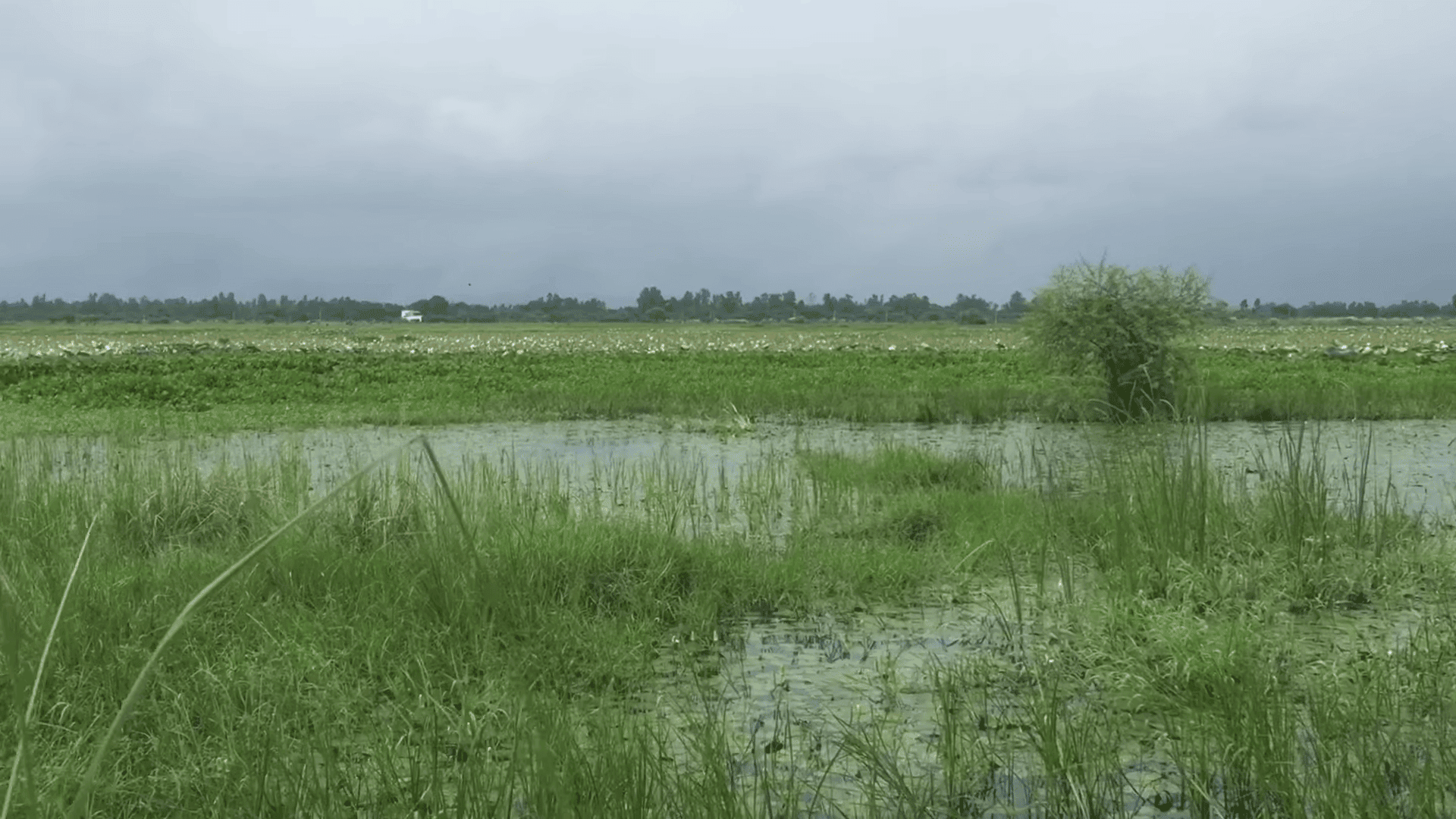
Habitats and Ecosystem
Samaspur Bird Sanctuary is a diverse ecosystem that supports a variety of habitats, each with its own unique characteristics. In this section, we will explore the three main habitats found in the sanctuary: wetlands, grasslands, and woodlands.
Wetlands
The wetlands of Samaspur Bird Sanctuary are the most prominent habitat, covering a significant portion of the sanctuary. The wetlands are a vital ecosystem that supports a wide range of bird species, both resident and migratory.
There are six wetlands in Samaspur Bird Sanctuary, five of which are connected and one is isolated. For birds, particularly waterfowls, these wetlands serve as crucial breeding and foraging grounds.
The six connected lakes that make up the wetlands are heavily reliant on monsoon rains. The area experiences an average annual rainfall of 900mm due to the North-westerly winds. The wetlands are home to more than 250 documented species of birds, with annual counts regularly finding more than 75,000 birds present. The wetlands also support a vast diversity of flora and fauna by providing them with suitable habitats.
The wetland is home to at least 46 species of freshwater fish, some of which migrate there from neighboring rivers during monsoon floods.
Grasslands
The grasslands of Samaspur Bird Sanctuary are another important habitat that supports a variety of bird species. The grasslands are characterized by the presence of tall grasses and scattered trees. The grasslands are home to several bird species, including the Indian roller, Indian skimmer, and black-winged stilt. The grasslands also support several species of mammals, including the Indian hare and Indian fox.
Woodlands
The woodlands of Samaspur Bird Sanctuary are a crucial habitat that supports several bird species. The woodlands are characterized by the presence of trees and shrubs. The woodlands are home to several bird species, including the Indian peafowl, Indian pitta, and Indian robin. The woodlands also support several species of mammals, including the Indian jackal and Indian gray mongoose.
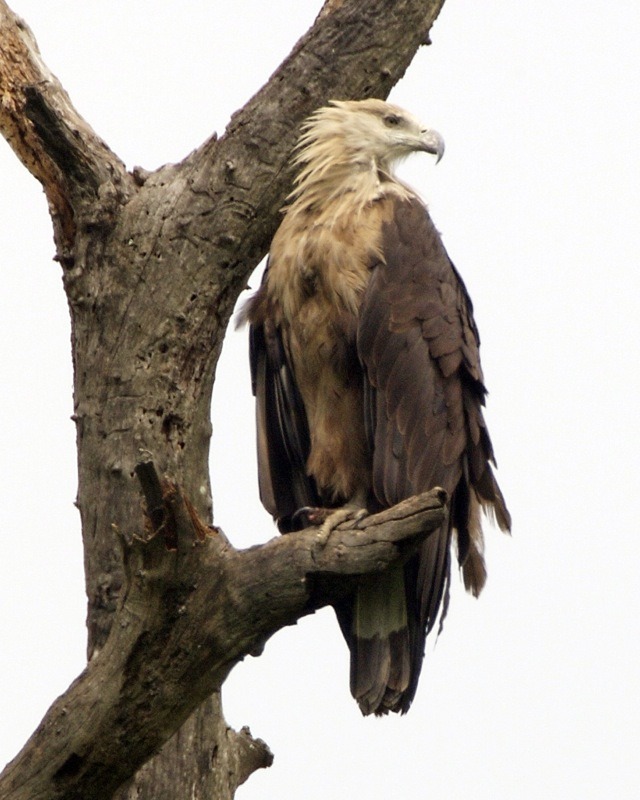
Bird Species
The Samaspur Bird Sanctuary is a paradise for bird lovers and ornithologists and is home to a variety of documented species of resident and migratory birds, including endangered species of birds.
Resident Birds
The sanctuary is home to various resident bird species that can be found throughout the year. Some of the commonly sighted resident birds include the Indian Peafowl, Indian Cormorant, Purple Heron, Indian Pond Heron, Black-crowned Night Heron, and Little Egret.
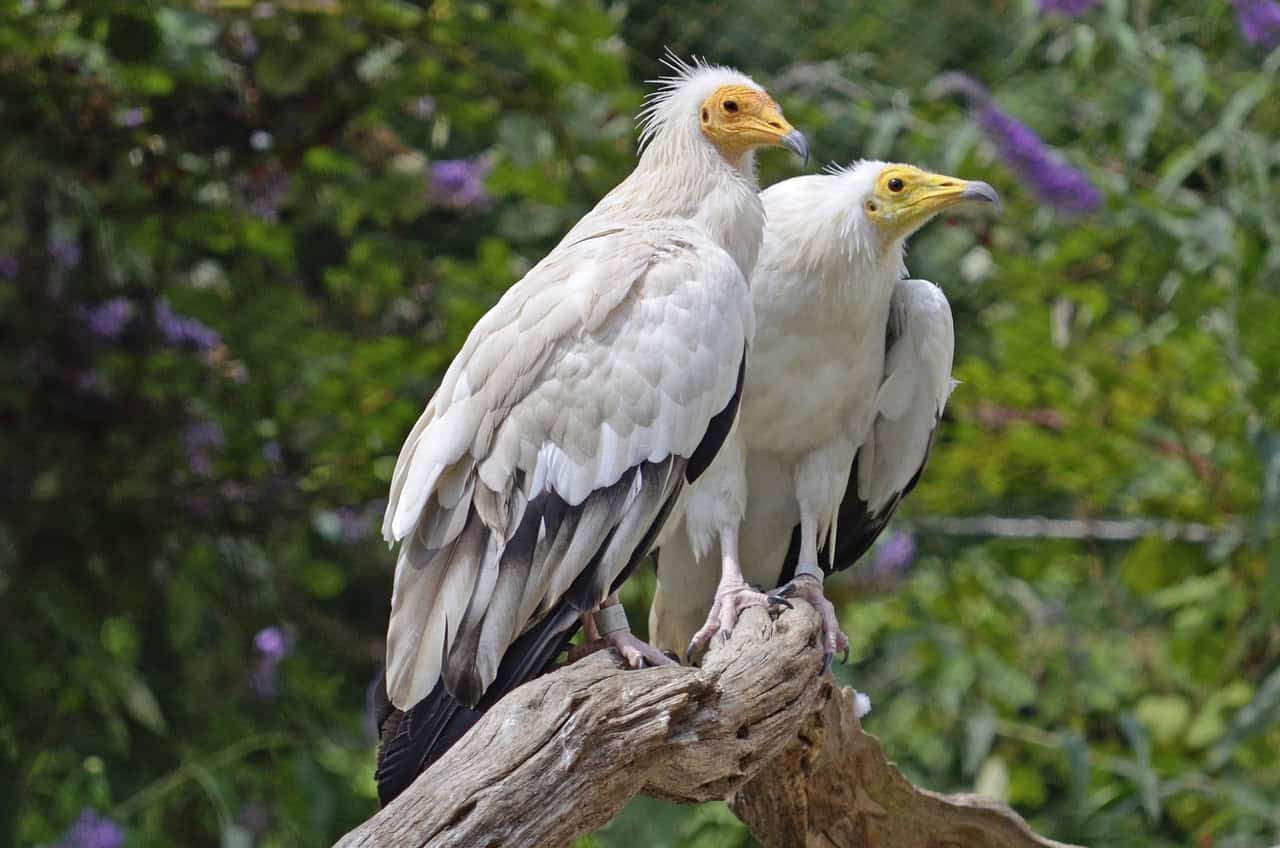
Migratory Birds
The Samaspur Bird Sanctuary is a popular destination for migratory birds during the winter season. The sanctuary provides a suitable habitat for these birds to feed, breed, and rest during their long journey. Some of the migratory birds that can be spotted here include Siberian Cranes, Greater Flamingos, Ruddy Shelducks, Common Pochards, Northern Shovelers, and Gadwalls.
The sanctuary is also home to many other bird species, such as Eurasian wigeons, Common Teals, Tufted Ducks, Eurasian Coots, and Black-necked Storks.
More than 1% of the vulnerable common pochard population in South Asia (Aythya ferina) and endangered species like the Egyptian vulture (Neophron percnopterus) and Pallas’s fish eagle (Haliaeetus leucoryphus) can be found in the sanctuary.

Conservation Efforts
Species Protection
The sanctuary has been established to provide a safe habitat for these birds. To protect the bird species, the sanctuary has implemented several measures. The forest department has set up watchtowers and patrol teams to keep a check on poaching and illegal hunting. The sanctuary also has a strict policy against the use of pesticides and chemicals that may harm the birds.
Habitat Management
To maintain the habitat, the sanctuary has implemented several measures. The forest department has set up a nursery to grow native plants that provide food and shelter to the birds. The sanctuary also has a strict policy against any kind of construction or development that may harm the habitat.
The sanctuary has also implemented a waste management system to keep the area clean and free from pollution. The forest department has set up several garbage bins and has deployed staff to collect and dispose of the waste regularly. The sanctuary also has a strict policy against the use of plastic bags and other non-biodegradable materials.
Visitor Information
If you are planning to visit the Samaspur Bird Sanctuary, here is some information that can help you make the most of your trip.
Access and Trails
The sanctuary is located in the Rohaniya Development Block of the Raebareli district in Uttar Pradesh, India. The nearest railway station is Raebareli, approximately 44 km away from the sanctuary, and the nearest airport is Lucknow, which is about 122km away from the sanctuary via the Lucknow-Varanasi highway.
The sanctuary has a few trails that visitors can use to explore the area. These trails are well-marked and maintained and offer visitors a chance to see a variety of bird species. The trails are easy to navigate, and visitors of all ages and fitness levels can enjoy them.
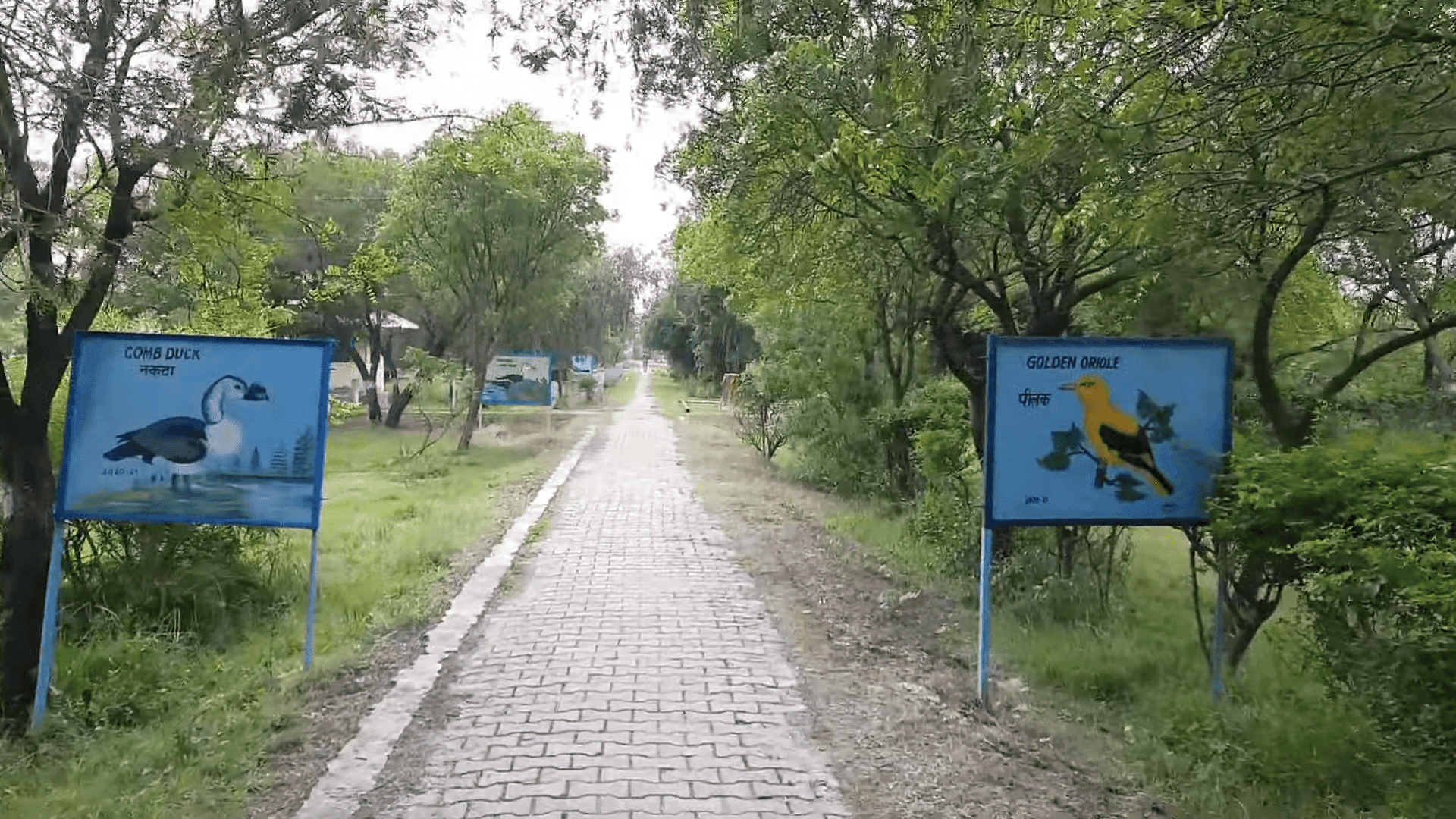
Guided Tours
If you want to learn more about the sanctuary and its bird species, you can take a guided tour. The sanctuary offers guided tours that are led by experienced guides who are knowledgeable about the sanctuary’s flora and fauna. The guided tours are a great way to learn about the sanctuary’s ecology and conservation efforts.
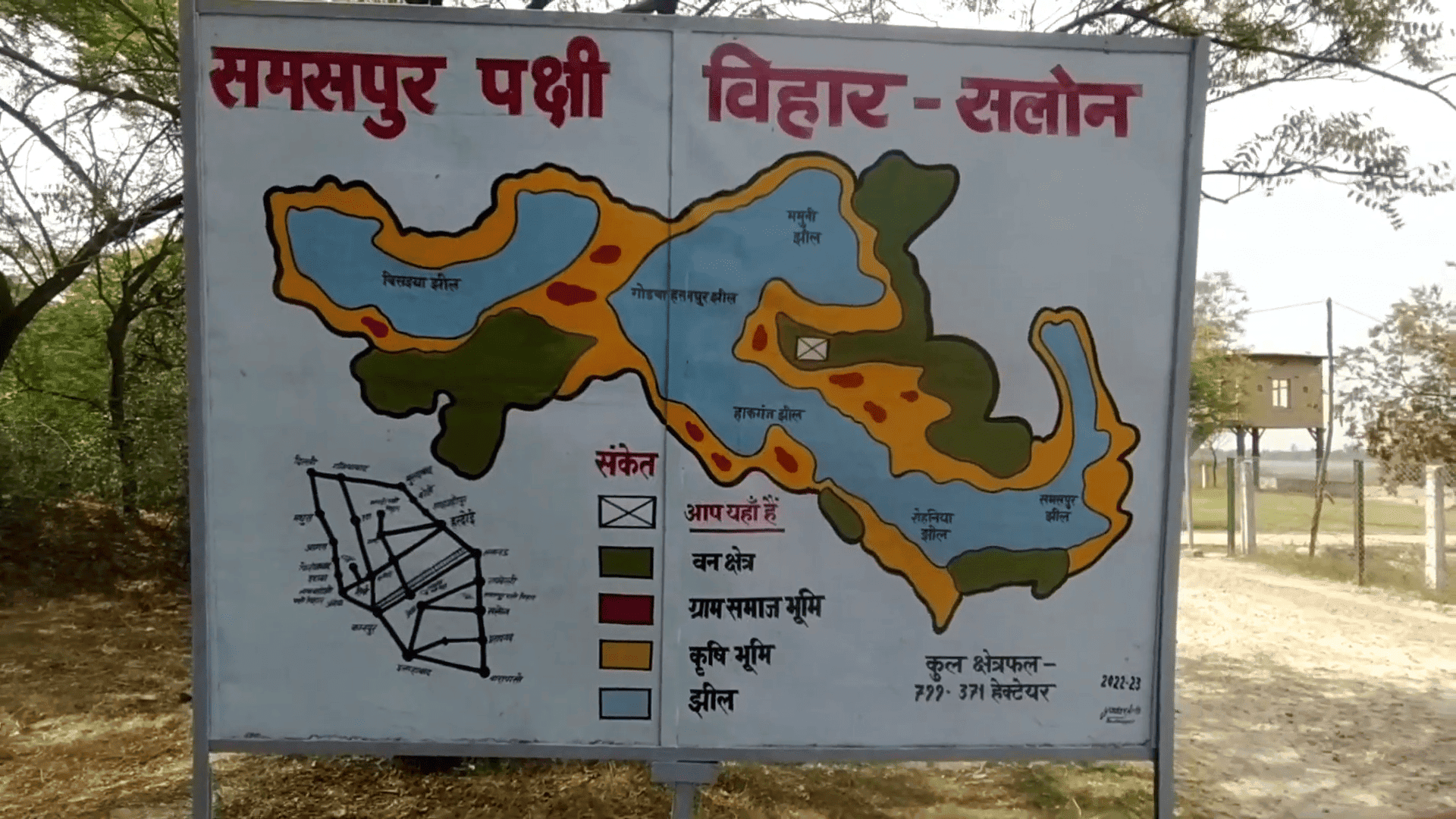
Map
Rules and Regulations
To ensure that the sanctuary is protected and its bird species are not disturbed, visitors are required to follow certain rules and regulations. Some of the rules and regulations include:
- Visitors must obtain a permit from the sanctuary authorities before entering the sanctuary.
- Visitors must stay on the designated trails and not venture off into the sanctuary’s restricted areas.
- Visitors must not make loud noises or play music that can disturb the sanctuary’s bird species.
- Visitors must not feed or harm the sanctuary’s bird species.
- Visitors must not litter or leave any trash in the sanctuary.
By following these rules and regulations, visitors can help protect the sanctuary and its bird species for future generations to enjoy.
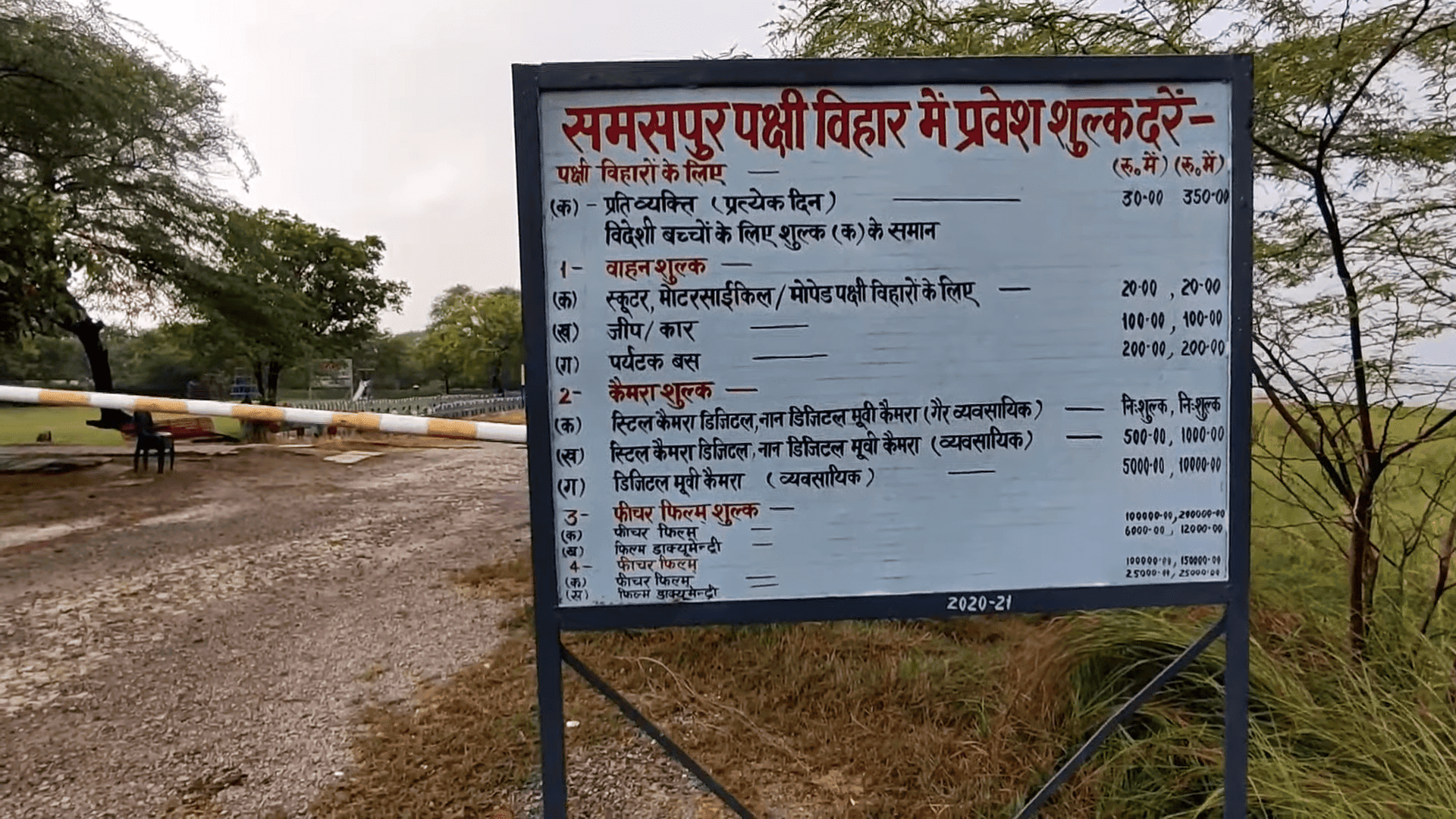
Frequently Asked Questions
Where is Samaspur Bird Sanctuary located? In which district of Uttar Pradesh is Samaspur Bird Sanctuary located?
Samaspur Bird Sanctuary is located in the Salon Tehsil of Raebareli district of the Indian state of Uttar Pradesh. Approximately 122 km from Lucknow airport and 44km from Raebareli railway station.
What is famous in Samaspur Bird Sanctuary?
The Samaspur Bird Sanctuary is famous for its huge number of bird species, including both native and migratory. It’s also famous as the home of the tallest flying bird in the world, known as the Sarus crane, which is known to mate with only one partner for life. Recently, it was in the news for a Sarus crane, which was a companion of a man named Arif, and they were inseparable.
What is the best time to visit Samaspur Bird Sanctuary and what are the operating hours?
The best time to visit Samaspur Bird Sanctuary is from November to March when the weather is cool and migratory birds visit the sanctuary. The sanctuary is open every day of the week from 06:00 AM to 06:00 PM. Visitors can plan their visit according to their convenience.
What is the entry fee for visitors at Samaspur Bird Sanctuary?
The entry fee for Samaspur Bird Sanctuary is Rs 30 per person, and if you are taking a motorbike, then Rs. 20 extra for the motorbike will be charged.
What notable bird species can be observed at Samaspur Bird Sanctuary?
Samaspur Bird Sanctuary is home to a diverse range of bird species, including various migratory birds. Some of the notable bird species that can be observed at the sanctuary include Indian Peafowl, White-throated Kingfisher, Black-headed Ibis, and Sarus Crane. The sanctuary is also home to several species of ducks, geese, and other water birds. Endangered migratory birds like Pallas’ Fish Eagle and Egyptian Vulture can also be found here.
How can one book a visit to Samaspur Bird Sanctuary?
Visitors can directly visit the sanctuary without prior booking.
What facilities are available for tourists at Samaspur Bird Sanctuary?
Samaspur Bird Sanctuary offers basic facilities for tourists, including a parking lot, restrooms, and a small canteen. There is a play area for kids too, along with a bird identification office. Visitors are advised to carry their own food and water, as there are limited options available inside the sanctuary.
What conservation efforts are in place at Samaspur Bird Sanctuary?
Samaspur Bird Sanctuary is a protected area, and several conservation efforts are in place to preserve the natural habitat of the birds. The Uttar Pradesh Forest Department regularly conducts surveys to monitor the bird population and takes necessary steps to maintain the ecological balance. The sanctuary also conducts awareness programs to educate visitors about the importance of conservation and the need to protect the natural habitat of the birds.


